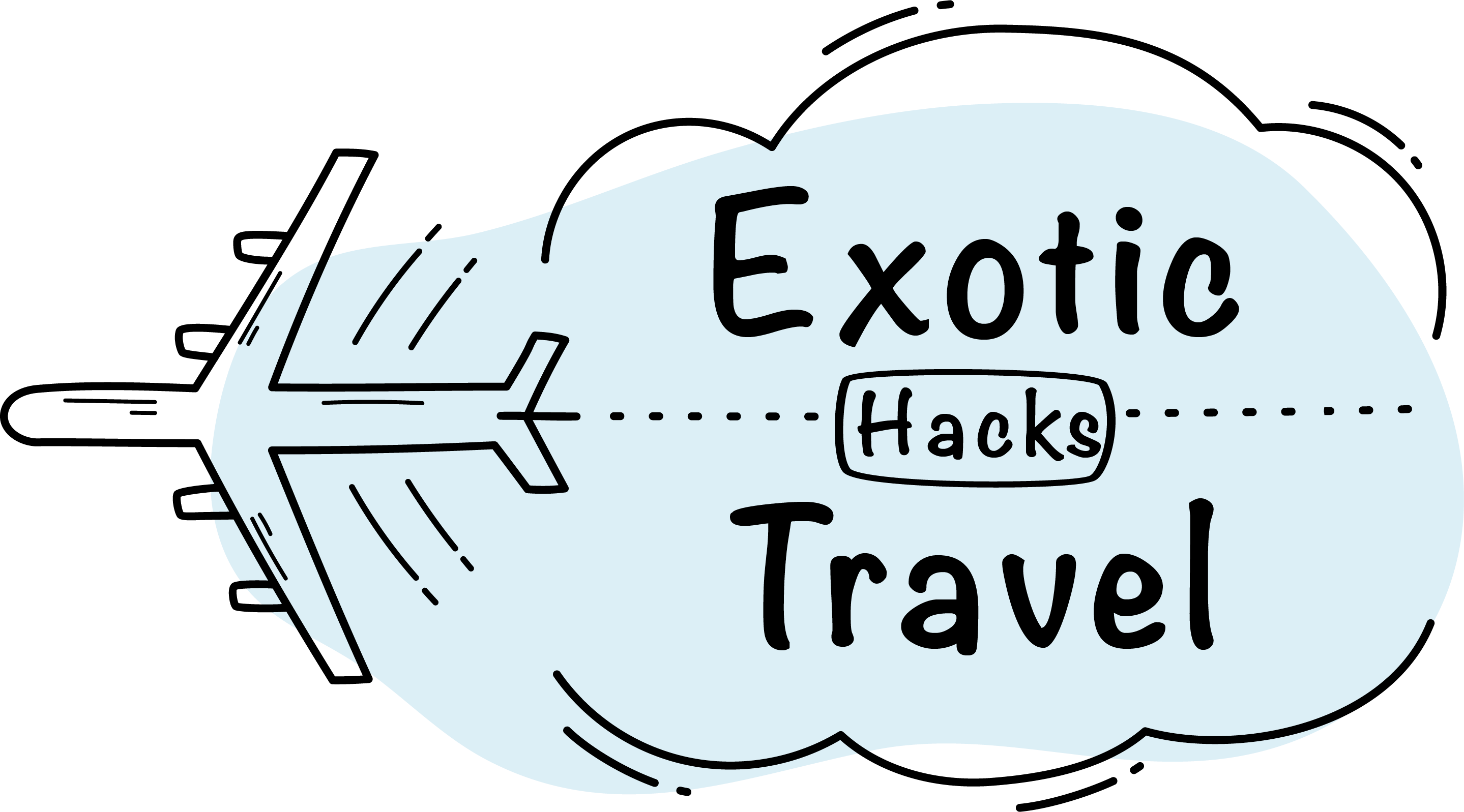Table of Contents
Jet lag isn’t just tiredness – it’s a physiological condition that occurs when your body’s internal clock conflicts with your new time zone. While you can’t eliminate it, these evidence-based strategies can dramatically help cope with jet lag, letting you enjoy your destination from day one rather than day three.
Understanding What’s Happening in Your Body
Before attempting to fix jet lag, understanding its mechanisms matters. Your body maintains a complex internal clock regulated primarily by light exposure. When you cross multiple time zones rapidly, this system becomes desynchronized – not just your sleep-wake cycle, but also hormone production, body temperature regulation, and digestive rhythms.
The crucial fact most advice misses: westward travel (gaining time) proves significantly easier to adjust than eastward travel (losing time). Your body naturally follows a cycle slightly longer than 24 hours, making it easier to extend your day than compress it. This biological reality means Tokyo to New York causes less disruption than New York to Tokyo, despite crossing identical time zones.
Pre-Travel Preparation: The Three-Day Head Start
Rather than waiting until arrival to address jet lag, begin adjusting before departure. For significant time changes (5+ hours), start shifting your schedule gradually three days before flying:
For eastward travel (the more challenging direction), go to bed and wake up one hour earlier each day for three days before departure. Combine this with morning light exposure and evening light avoidance (including screens) to signal your body toward the new time zone.
For westward travel, reverse the process – stay up one hour later and sleep one hour longer each day. Seek evening light exposure and limit morning brightness to begin the adjustment process.
This pre-adjustment approach doesn’t eliminate jet lag but gives your body a head start on the transition, potentially reducing adjustment time by 30-50%.
The Flight Strategy: Hydration Meets Strategic Sleep
Your approach during the flight significantly impacts jet lag severity. The fundamental principle: immediately begin living on your destination’s schedule, not your departure city’s.
Reset your watch to the destination time upon boarding. Make sleep decisions based exclusively on whether it’s nighttime at your destination. If it’s nighttime there, sleep regardless of how awake you feel. If it’s daytime there, stay awake even if exhausted.
For sleep support, use these evidence-backed approaches:
- Maintain exceptional hydration (aim for 8oz water per waking hour) as dehydration exacerbates jet lag symptoms.
- Use noise-canceling headphones and contoured eye masks that permit normal REM eye movement.
- If sleeping during destination daytime proves unavoidable, limit naps to exactly 20 minutes to prevent deeper sleep phases that worsen jet lag.
Light Exposure: The Most Powerful Reset Button
Light exposure provides the strongest environmental cue for resetting your circadian rhythm. Strategic light management accelerates adjustment more effectively than any other intervention.
The critical timing:
- When traveling east, seek bright morning light and avoid evening light.
- When traveling west, seek evening light and minimize morning brightness.
For precision timing, use apps like Timeshifter or Jet Lag Rooster that calculate optimal light exposure schedules based on your specific travel details.
When natural light isn’t available at the needed times, specially designed light therapy devices offering 10,000+ lux can effectively stimulate your body’s daytime response. Conversely, blue-light-blocking glasses help signal nighttime to your brain when you need to sleep but environmental light can’t be controlled.
Melatonin: Timing Trumps Dosage
Melatonin supplements can aid circadian adjustment when used correctly, but timing proves far more important than dosage. The physiological difference between taking melatonin at the right versus wrong time can mean days of additional jet lag.
For eastward travel, take 0.5-3mg of melatonin 30 minutes before your target bedtime at your destination for the first 2-4 nights. For westward travel, melatonin typically proves unnecessary unless crossing 8+ time zones, as your body naturally adjusts more easily in this direction.
Lower doses (0.5-1mg) typically work more effectively than higher doses for jet lag adjustment. Higher doses may cause morning grogginess that counteracts the benefits. Time-release formulations should be avoided for jet lag purposes, as the precise timing of the melatonin signal matters for circadian resetting.
Physical Activity: Strategic Movement
Exercise helps regulate your circadian rhythm, but timing matters. Morning physical activity helps overcome eastward jet lag, while afternoon exercise better addresses westward travel adjustment.
The most effective approach involves outdoor activity combining both natural light exposure and physical movement. Even a 20-to-30-minute walk provides significant benefits for both psychological well-being and physiological adjustment.
Avoid intensive exercise within 3 hours of your target bedtime, as this can elevate core body temperature and cortisol levels, potentially delaying sleep onset when you most need to rest.
Meal Timing: The Underrated Factor
Your digestive system maintains its circadian rhythm influenced by when you eat. Strategic meal timing can help reset this system to reduce gastrointestinal symptoms common during jet lag.
The foundation: immediately adopt your destination’s meal schedule regardless of hunger signals. Even small meals at the correct times help reset your digestive clock.
For maximum benefit, consider a 12-16 hour fast ending with breakfast at your destination’s normal breakfast time on your first full day. This approach, sometimes called the Argonne Anti-Jet-Lag Diet, leverages fasting to help reset your digestive clock and has shown promising results in research studies.
Caffeine: Precision Timing
Caffeine can either help or hinder jet lag recovery depending entirely on timing. Used strategically, it assists wakefulness when your body wants to sleep during the daytime. Used carelessly, it can extend adjustment misery.
The evidence-based approach: consume caffeine only during the first half of your destination’s daylight hours. This provides alertness when most needed without interfering with nighttime sleep. Carefully track consumption, as the jet lag increases caffeine sensitivity in many travelers, potentially causing sleep disruption at lower-than-normal doses.
For optimal results, use smaller, more frequent caffeine doses (50-100 mg every 3-4 hours) rather than single large doses that create peaks and crashes in alertness levels.
Pharmaceutical Options: When to Consider Them
While behavioral approaches should form your primary strategy, certain medications may help in specific circumstances, particularly for critical short trips where rapid adjustment is essential.
Short-acting sleep medications (like zaleplon or zolpidem) may help establish sleep during destination nighttime for the first 1-2 nights. These should be used only under physician guidance and never combined with alcohol, which worsens both jet lag and medication side effects.
Modafinil, a wakefulness-promoting medication, sometimes helps maintain alertness during destination daytime when adjustment proves particularly challenging. This requires prescription and medical supervision.
The 3-Day Reality and Strategic Planning
Even with perfect implementation of these strategies, complete adjustment typically requires approximately one day per time zone crossed, though this varies significantly between individuals. Most travelers should plan for reduced performance during the first 2-3 days after significant time zone changes.
When possible, schedule demanding activities or critical meetings for day 3 or later after arrival. For business travelers facing critical next-day obligations, consider arriving 2-3 days early when stakes are high.

I’m Garrett, a seasoned photojournalist with a passion for uncovering the world’s hidden treasures. My journey is fueled by a deep curiosity for diverse cultures and breathtaking landscapes. When I’m not behind the lens capturing the world’s wonders, you can find me exploring underwater realms or sharing my passion for discovery with my two adventurous children.




